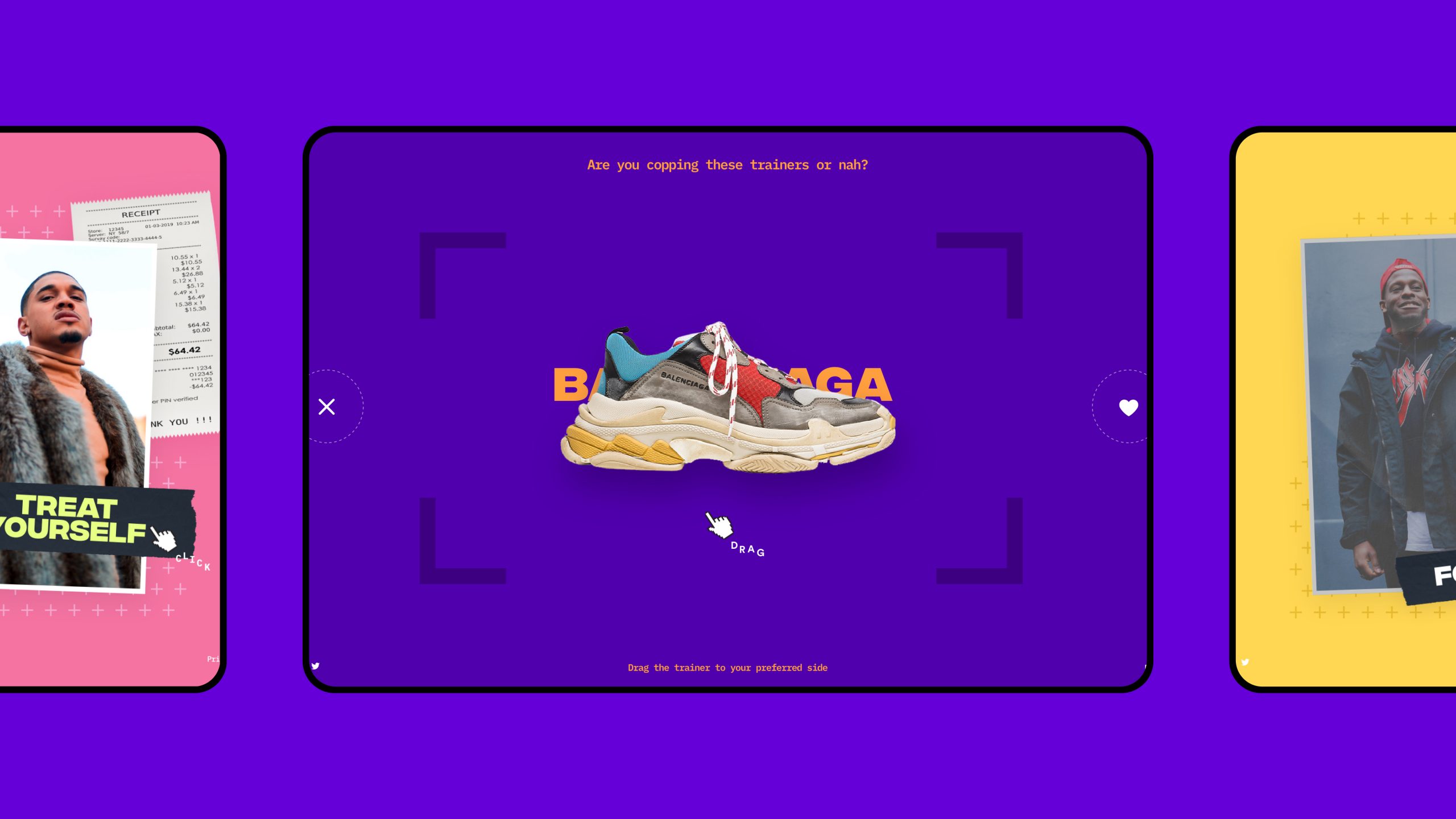Optimising shopper experiences in a new digital landscape

In 2020, UK online sales growth hit a 13-year high at +36.6% year-on-year. With e-commerce revenues growing worldwide, many new digital-native brands have entered the market, while existing companies have rushed to optimise experiences to compete for the attention of potential customers. With competition so fierce, premium digital experiences will be key to brand differentiation and securing sales in this new e-commerce landscape.
With smartphones and smart devices now virtually essential parts of daily life, users are more digitally connected than ever before. This raises consumers’ standards when it comes to their digital experience; the connected customer prefers experiences that are as beautiful as they are functional. They will simply disengage rather than wrestle with a poorly designed product. Here are some of the key considerations to help brands excel in experience.
Importance of experience
The scope of experience optimisation is vast, encompassing both user (UX) and customer experience (CX), both of which carry significant value when executed well. With many online vendors offering the same products from site to site, it has become largely understood that CX is now more important than price; every $1 a business invests in UX is said to return $100, generating an ROI of 9,900%.
Strong CX and UX are focused on facilitating positive interactions that fulfil the customer’s needs, guiding them to purchase and keeping them loyal to products and brands. There is no single winning formula, as the best examples are tailored to individual audience groups. What is optimum for one type of user may not be for another, so the key is balancing variety and flexibility. To define a great experience, rather than assuming they know what customers want or need, companies need to get close to their users to understand how they interact with brands and technology and learn from these insights.
Opening digital doors
COVID-19 and the resulting global lockdowns quickly changed online shopping from a valuable option to a necessity, forcing many new users into the market. It’s indicated that 75% of consumers who only first started using digital commerce channels during the pandemic will continue shopping online when things return to ‘normal’. Meanwhile, the needs and expectations of existing users shifted as they became more reliant on digital purchasing outside of their usual habits and preferences.
The key to opening the digital doors to this wealth of new users and potential customers is for brands to take stock of behaviour changes to create digital experiences that meet their varying needs and expectations. What worked pre-pandemic most likely won’t work post.
Customer journey mapping is one of the optimum ways to understand customers and guide them through to purchase. The exercise creates a visual representation of customers’ interactions with a brand, helping the company to step into its customers’ shoes and see the business from their perspective to understand their pain points and how to improve them. In addition, with customer journeys becoming more complex and difficult for brands to track interactions, it is becoming increasingly essential for companies to better collate, analyse and utilise the data that’s available to them. Customer data platforms (CDPs) make that possible. By unifying and utilising customer data sources to their full potential, brands can better understand their customers, access insightful information and act on it in real time to achieve better results from digital marketing efforts.
By fully understanding customers’ unique journeys, needs and preferences, companies can implement meaningful UX and CX that is most conducive to business success; simplifying the buying process for customers, and increasing sales for the brand.
Maximising brand interactions
Brand experiences are essential for developing customer loyalty. But with the pandemic putting a halt to in-person experiences, brands had to find new, digital means of delivering product advice, brand values and driving shopper engagement.
The acceleration, accessibility and evolution of new digital innovations within the last 12 months has seen brands experiment more with digital technologies to reimagine experiences and engagement across multiple touchpoints. From creative AR campaigns and live video shopping, to leveraging data to deliver hyper-personalised experiences, brands have sought new ways to nurture users into loyal customers.
Lyst partnered with DEPT® to deliver the latter, creating a lasting experience for customers while gaining invaluable user insights that would help the brand shape future experiences. Together we developed a data-fuelled campaign, brought forward with award-winning creativity, that resulted in an interactive quiz for users to ‘Discover your Fashion DNA’, which enabled Lyst to gather lifestyle-oriented data to generate a better understanding of its users, based on their preferences. The success of the campaign centred around a value exchange; while Lyst learns more about their customers to increase relevance of product offerings, the user gets to participate in a fun and immersive experience to learn something about themselves.
Raising the bar
The landscape of how we buy and how we sell is rapidly changing. But the one certainty in this new digital reality is that consumers and buyers are looking for relevant and seamless experiences that extend beyond traditional physical and online stores.
Successful, interactive experiences are essential to standing out and competing in this new landscape, and brands must continue to raise the bar to understand customer needs and meet them in the right place, at the right time, with an optimised experience tailored to their preferences.
The effects of the pandemic have demonstrated how quickly user needs and behaviours can shift. If your business needs advice in creating agile digital solutions to respond to these shifts, get in touch with our team of experts today.
More Insights?
View all InsightsQuestions?
Principal Digital Consultant, Design & Technology



